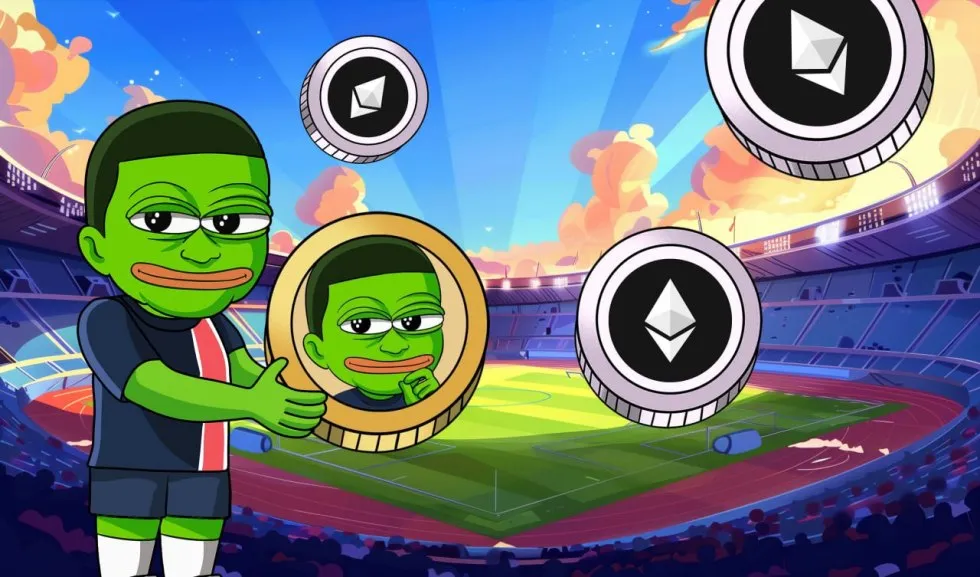Pepe Empire Returns : Crypto Comedy of 2025
The frog is back, and he’s wearing a crown. In 2025, the Pepe Empire a chaotic, self-aware universe of memes, markets, and mayhem has returned to reclaim its digital throne. What started years ago as an internet inside joke has now evolved into a full-blown financial ecosystem powered by irony, liquidity, and collective delusion. If 2021 was the year of the Doge and 2023 belonged to the Ape, 2025 is unmistakably the Year of the Frog. And this time, Pepe isn’t just a meme he’s a movement.
The Resurrection of the Meme King
After years of hibernation in obscure Discord servers and crypto sidechains, Pepe resurfaced with perfect timing. The markets were bored, the macro outlook was bleak, and traders were desperate for something that felt alive. Enter the Pepe Empire 2.0 a sprawling ecosystem of frog-themed tokens, NFTs, DAOs, and community-driven chaos that turned financial nihilism into an art form.
The revival began innocently enough. A few nostalgic traders revived an old Pepe coin contract “for the culture.” Within days, transaction volumes exploded. TikTok creators were chanting “Ribbit for profits,” and a new wave of Gen-Z investors declared Pepe “the only coin that understands the absurdity of existence.” Crypto Twitter turned into a digital coliseum where frogs ruled and logic died.
It was the kind of narrative Wall Street could never replicate: irony as identity, humor as liquidity, and collective self-awareness as market momentum. Every price surge came with a punchline. Every dip was just “comic relief.”
Memes as Monetary Policy
What sets the Pepe Empire apart is its unapologetic fusion of comedy and capital. There are no whitepapers, no roadmaps, and definitely no earnings calls. Instead, the empire runs on pure meme velocity the faster the jokes spread, the higher the liquidity climbs.
In classic meme fashion, the project spawned its own hierarchy. There’s Royal Pepe (the governance token), Serf Pepe (the reward token), and PepeCoin Deluxe (the meme of the meme). Holders vote not on utility upgrades but on “Meme Directives,” proposals like “mandatory frog reaction GIFs in Discord” or “mint 1 million tokens in honor of existential dread.” Somehow, these absurdities created real economic coordination.
One analyst at a major crypto firm described it best: “The Pepe community accidentally built a decentralized entertainment economy. They’re monetizing laughter.”
That laughter has value. Meme-based tokens have become tradeable cultural assets, blending entertainment with speculation. For traders burned out by algorithmic models and endless tokenomics, Pepe offers something rarer than alpha: joy.
Gen-Z Finance Meets Postmodern Humor
Pepe’s resurgence says as much about the culture as it does about the markets. Gen-Z investors are fluent in irony; they see finance not as a system of order but as a playground of chaos. The Pepe Empire captures that ethos perfectly it mocks traditional structures while quietly outperforming them.
To them, the volatility isn’t a bug; it’s the punchline. “I bought at the top for the meme,” one investor tweeted, “and I’ll hold forever because my bag is my identity.” It’s both satire and conviction, humor and hope wrapped in green pixels.
The meme’s absurd success even drew the attention of mainstream financial media. Analysts tried to decode the “economic fundamentals” of the Pepe Empire, only to realize there were none—and that was the point. The frog’s value lies in its cultural ubiquity, its ability to unify thousands under a shared sense of ridiculous purpose.
Pepe isn’t selling utility; he’s selling belonging. In a financial world obsessed with seriousness, that’s revolutionary.
The Empire Expands: From Jokes to Infrastructure
By mid-2025, the Pepe brand had mutated into a self-sustaining digital infrastructure. There’s now a Pepe Launchpad for meme-based projects, a FrogBank DAO that rewards users for posting memes, and even a Pepe Index Fund tracking the top ten amphibious assets by market cap.
A metaverse game called “Frogonomics” lets players earn tokens by farming memes and spreading good vibes. Meanwhile, on-chain analytics revealed that Pepe-related tokens now make up nearly eight percent of all meme token liquidity across decentralized exchanges.
In other words, the joke became too big to ignore. The empire runs on absurdity, but its economic footprint is very real. Traders joke that Pepe is “the only king with both liquidity and lore.”
Conclusion
The Pepe Empire is more than a meme comeback; it’s a mirror reflecting the spirit of the digital age. It thrives on humor, community, and the shared realization that the line between parody and profit has completely disappeared. In 2025, the world’s most ironic financial movement has become its most authentic. Pepe’s return proves that markets are no longer driven solely by fundamentals they’re driven by feelings, jokes, and the human need to belong in chaos. Whether you call it performance art, postmodern finance, or collective coping, one truth remains: the frog always finds a way to rise. In a year defined by uncertainty, Pepe is both the meme we laugh at and the philosophy we accidentally live by.




